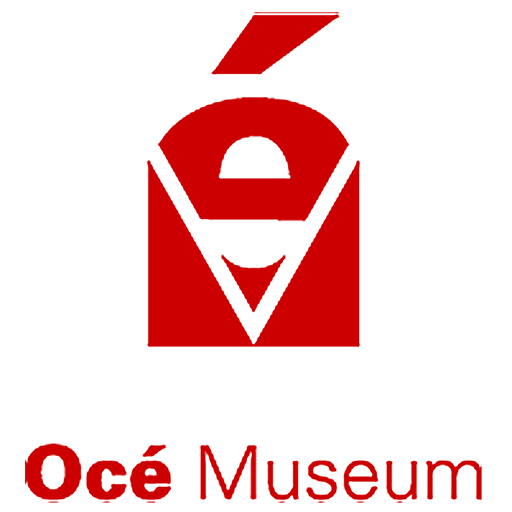1919 Blueprint
The blueprint process was already known for decades, a method of reproducing technical drawings. White lines then appeared on a blue background. The problem was that the reproduction paper was very light-sensitive and had a limited shelf life until printing. Louis, one of the Van der Grinten brothers from the third generation, tackled that problem and found a way to make the blueprint paper durable for use for up to a year. He began producing it and, later with the help of his younger brother Karel, put it on the market.
Click here for more information about Blueprint
1926 Diazo
Meanwhile, in addition to the blueprint process, a different way of reproducing (technical) drawings had now become known, with dark lines appearing on white paper, which considerably improved the readability of the drawings. This process was known as a diazotype, also commonly known as “light printing”. Around 1940, it would completely displace blueprint. However, printing was a cumbersome operation in itself and it was Louis van der Grinten who invented a better quality and processing method. The paper processed with chemicals was first exposed in the copier and only then another (liquid) compound was added for development. That is why they called it new light printing paper: “O.C. paper “, an abbreviation for “Ohne Componente “, or: without component. It soon became the new brand: “Océ”, that was deposited in 1928 and which, decades later – in 1970 – was also to become the name of the company.
Click here for more information about diazo and O.C./Océ
1967 Electrophotography
Already before 1940, the company had developed a technology and the associated process with which it was possible to make copies of non-transparent originals. The Second World War went through a successful breakthrough of this and afterwards people were too busy with the reconstruction of the company to enter the market again. Nevertheless, they continued to explore other areas such as the small offset and looked at office applications from diazo. In 1967 they entered the office market with an electrophotographic process for copying documents, that, however, required special, chemically processed paper.
During this period, the factory that built the machines for Océ was taken so that there was an in-house machine factory. In the area of large format copying, Océ was then one of the few remaining global suppliers of copying systems for the drawing room. When the company took over the almost equal competitor Ozalid in England in the mid-1970s, Océ suddenly became the world market leader in the drawing room market. Developments went stormy from that moment on.
Click here for more information about Electrophotography.
